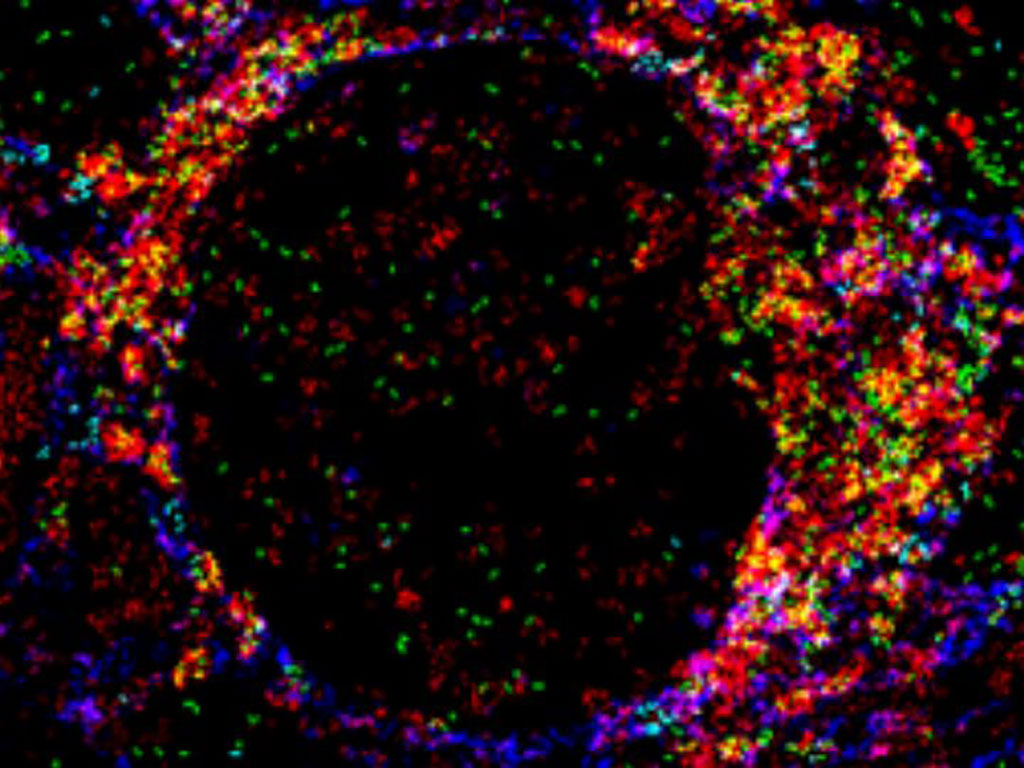Powerful Imaging Technology for Examining Kidneys of Lupus Patients Could Eliminate Renal Biopsies
Posted on 18 Aug 2023
Lupus (systemic lupus erythematosus) is a serious autoimmune disease that has the potential to affect various organs and even result in death. A particularly severe complication of lupus is lupus nephritis (LN), which is a severe inflammation of the kidneys. This condition can be fatal, as it is a leading cause of death among lupus patients. Between 5% and 20% of the 60% of SLE patients who develop renal symptoms will progress to end-stage kidney disease within a decade. The current standard method for diagnosing LN is through a renal biopsy, a painful procedure involving the extraction and examination of kidney tissues. Unfortunately, this method has significant drawbacks, including low agreement among pathologists in determining classes and pathology indices. This inconsistency can result in misclassification of LN, leading to incorrect treatment and poor patient outcomes. Furthermore, renal biopsies only yield limited tissue samples, restricting the type and scope of analysis performed on a sample.
A promising breakthrough has emerged from researchers at the University of Houston (Houston, TX, USA), who have pioneered the use of imaging mass cytometry (IMC) to study the kidneys of SLE patients and diagnose LN. IMC offers substantial advantages over traditional methods, providing a much more comprehensive analysis of the affected tissue. Unlike conventional approaches that examine only 1-3 distinct proteins within a specific tissue, IMC can detect the presence of up to 37 different proteins simultaneously. The use of IMC is often combined with machine learning algorithms to characterize the cellular composition of the human kidney, differentiate cell types, and identify novel markers for disease.

One of the major benefits of IMC is its ability to precisely pinpoint locations of tissues for more detailed investigation. During a study involving 21 patients, researchers utilizing IMC discovered both increased and decreased disease markers indicative of renal disease. Additionally, they found that glomeruli (an intricate network of blood vessels serving as the kidneys' cleaning system) might be enlarged in some LN patients.
“Decreased expression of epithelial markers along with an increased expression of mesenchymal markers, also termed epithelial to mesenchymal plasticity (EMP) have been reported in kidney biopsies from patients with renal diseases, including LN,” said Chandra Mohan, Hugh Roy and Lillie Cranz Cullen Endowed Professor of biomedical engineering. “It is very likely that the parietal epithelial cells encircling the glomeruli may be an additional site of EMP in proliferative LN, though this needs to be verified using additional markers. EMP could certainly affect additional cells in LN kidneys, but this needs to be systematically investigated.”
Related Links:
University of Houston













